- Home
- About Us
- Products
- TD High-efficiency And Energy-saving Circulating Pump
- TD High-efficiency And Energy-saving Circulating Pump Accessories
- Pipeline Pump
- Pipeline Pump Accessories
- Sewage Pump
- Sewage Pump Accessories
- LG Multi-stage Pump
- LG Multi-stage Pump Accessories
- Cooling Tower Circulation Pump
- Electric Motor
- Electric Motor Accessories
- News
- Contact Us
- Home
- About Us
- Products
- TD High-efficiency And Energy-saving Circulating Pump
- TD High-efficiency And Energy-saving Circulating Pump Accessories
- Pipeline Pump
- Pipeline Pump Accessories
- Sewage Pump
- Sewage Pump Accessories
- LG Multi-stage Pump
- LG Multi-stage Pump Accessories
- Cooling Tower Circulation Pump
- Electric Motor
- Electric Motor Accessories
- News
- Contact Us
Web Menu
- Home
- About Us
- Products
- TD High-efficiency And Energy-saving Circulating Pump
- TD High-efficiency And Energy-saving Circulating Pump Accessories
- Pipeline Pump
- Pipeline Pump Accessories
- Sewage Pump
- Sewage Pump Accessories
- LG Multi-stage Pump
- LG Multi-stage Pump Accessories
- Cooling Tower Circulation Pump
- Electric Motor
- Electric Motor Accessories
- News
- Contact Us
Product Search
Exit Menu
What Sets Sewage Pumps Apart from Sump Pumps?
When it comes to managing water and waste in residential, commercial, and industrial buildings, pumps play a crucial behind-the-scenes role. Two of the most commonly confused types are sewage pumps and sump pumps. While both are designed to move liquids from one place to another, their purposes, designs, and applications differ significantly. Misunderstanding the difference can lead to costly mistakes—such as using the wrong pump for the job, risking system failure, or even health hazards. So, what exactly distinguishes a sewage pump from a sump pump? And how do you know which one your property needs?
Defining the Basics: What Are Sump Pumps and Sewage Pumps?
At first glance, sump pumps and sewage pumps may seem similar—they’re both submersible or pedestal pumps installed in basements or low-lying areas to remove unwanted water. However, their functions are fundamentally different.
A sump pump is primarily designed to prevent water accumulation in basements or crawl spaces. It removes excess groundwater, rainwater, or surface runoff that collects in a sump pit—typically located in the lowest part of a building. The goal is to prevent flooding, protect structural integrity, and reduce moisture-related issues like mold and mildew.
On the other hand, a sewage pump (also known as a sewage ejector pump) is engineered to handle wastewater that contains solid waste, such as human waste, toilet paper, and other organic materials. It’s used when a bathroom, laundry room, or kitchen is located below the level of the main sewer line. Since gravity can’t carry waste upward, the sewage pump lifts the wastewater to the main sewer line or septic tank.
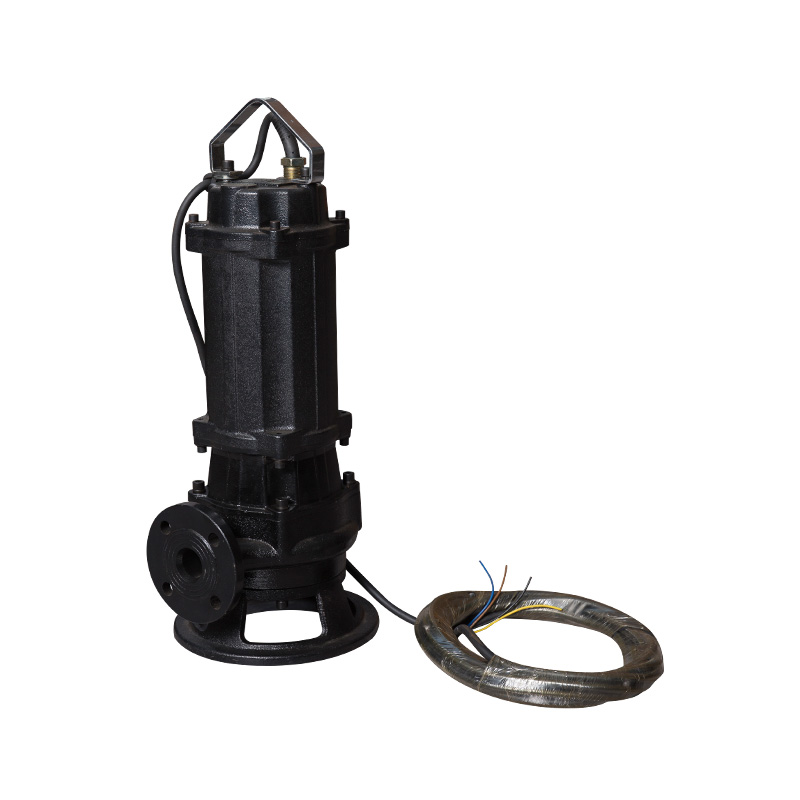
How Do They Work?
Both pumps operate on a similar principle: they activate automatically when water reaches a certain level in their designated basin, thanks to a float switch. However, the way they handle the liquid—and what’s in it—sets them apart.
Sump Pumps in Action
Sump pumps deal exclusively with relatively clean water—often referred to as “clear water” or “greywater” (though technically, greywater includes lightly used water from sinks and showers, which sump pumps typically don’t handle). The water entering a sump pit comes from sources like:
Groundwater seepage
Rainwater from downspouts
Melting snow
Condensation from HVAC systems
Because the water is free of solids, sump pumps are built with impellers that can efficiently move large volumes of water quickly. They are not designed to handle solids larger than a few millimeters, and doing so could clog or damage the pump.
Sewage Pumps at Work
Sewage pumps, by contrast, must handle raw sewage—wastewater that includes solid waste. To do this, they are equipped with more robust mechanisms:
Grinder pumps have rotating blades that pulverize solid waste into a slurry before pumping it through narrow pipes.
Effluent pumps can handle small solids (typically up to 2 inches) but are not designed for raw sewage with large debris.
Sewage pumps are built with larger impeller openings and stronger motors to manage the thicker, more viscous material. They are also sealed to prevent leaks and odors, and often come with venting systems to manage gases produced by decomposing waste.
Key Differences in Design and Construction
The differences in function lead to significant variations in design:
Impeller Type: Sump pumps use closed or semi-open impellers optimized for water flow. Sewage pumps use vortex or cutter impellers to handle solids without clogging.
Motor Power: Sewage pumps generally require more powerful motors due to the resistance created by solid waste.
Materials: Both pumps are made from durable materials like cast iron or thermoplastics, but sewage pumps often have enhanced corrosion resistance due to exposure to harsher chemicals and biological matter.
Discharge Pipe Size: Sump pumps usually connect to 1.5- to 2-inch PVC pipes. Sewage pumps may require 2- to 4-inch pipes, especially if they’re grinder pumps handling liquefied waste.
Venting and Sealing: Sewage systems require proper venting to release sewer gases and prevent pressure buildup. Sump pits, dealing with clean water, usually don’t need this.
Where Are They Installed?
Location is another major differentiator.
Sump Pumps are installed in a sump pit, a dug-out basin in the basement floor, often lined with gravel and covered with a lid to prevent debris from falling in. The pump sits at the bottom and activates when water rises. Sump pumps discharge water away from the foundation—usually to a storm drain, dry well, or municipal drainage system.
Sewage Pumps are installed in a sewage basin or ejector pit, which is sealed to contain odors and gases. This basin collects wastewater from fixtures like toilets, showers, or washing machines located below the main sewer line. The pump then forces the waste upward into the main sewer line. Because of the nature of the waste, the entire system must comply with local plumbing codes and often requires permits.
Common Applications
Understanding where each pump is used helps clarify their roles:
Sump Pumps are ideal for:
Homes in flood-prone areas
Basements with high water tables
Buildings with poor drainage
Areas with heavy rainfall or snowmelt
Sewage Pumps are necessary when:
Adding a bathroom in a basement
Installing a laundry room below sewer level
Converting a basement into a living space with plumbing
Properties using septic systems with low-lying structures
Maintenance and Lifespan
Both pumps require regular maintenance, but the nature of their work affects how often they need attention.
Sump pumps should be tested regularly—especially before rainy seasons—to ensure the float switch and motor are functioning. Cleaning the pit and checking the discharge line for blockages are also important. With proper care, a sump pump can last 7 to 10 years.
Sewage pumps, due to the harsher environment, may require more frequent inspections. Grinder pumps need blade maintenance, and all sewage pumps should be checked for clogs, seal integrity, and odor control. A well-maintained sewage pump typically lasts 7 to 15 years, depending on usage.
Can They Be Used Interchangeably?
This is a critical question—and the answer is no. Using a sump pump to handle sewage is dangerous and illegal in most jurisdictions. Sump pumps aren’t designed to handle solids, and attempting to do so will likely result in clogs, pump failure, and potential sewage backup into your home. Similarly, using a sewage pump for clean water removal is overkill and unnecessarily expensive.
Moreover, plumbing codes strictly regulate the use of these pumps. Installing the wrong type can lead to failed inspections, fines, or insurance issues in the event of water damage.
Environmental and Health Considerations
Using the correct pump isn’t just about efficiency—it’s also about safety. A malfunctioning or misused sewage pump can lead to raw sewage overflow, posing serious health risks due to bacteria, viruses, and foul odors. Sump pumps that fail during heavy rain can cause flooding, structural damage, and mold growth, which also affect indoor air quality and health.
Proper installation, venting, and regular maintenance are essential for both types to ensure environmental protection and occupant safety.
Conclusion: Choosing the Right Pump for the Job
While sump pumps and sewage pumps may look similar and serve the broad purpose of moving water, they are engineered for entirely different tasks. Sump pumps protect your home from water intrusion by removing clean groundwater, while sewage pumps safely transport wastewater containing solids to the main sewer line.
Understanding the difference ensures you select the right equipment, comply with regulations, and maintain a safe, dry, and functional living environment. So, the next time you’re planning a basement renovation or dealing with water issues, ask yourself: Am I dealing with excess water or wastewater? The answer will guide you to the correct pump—and a cleaner, safer home.
Related Products
-
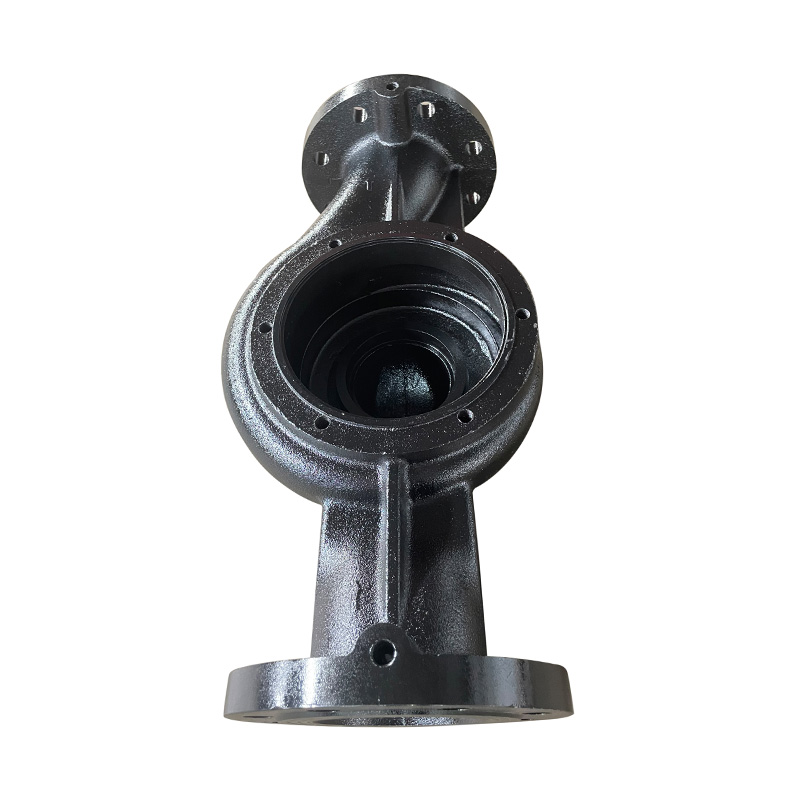
Vertical TD high-efficiency and energy-saving circulation pump body
Cat:TD High-efficiency And Energy-saving Circulating Pump Accessories
Vertical TD Energy Efficient Circulating Pump Pump Body is the shell o...
See Details -
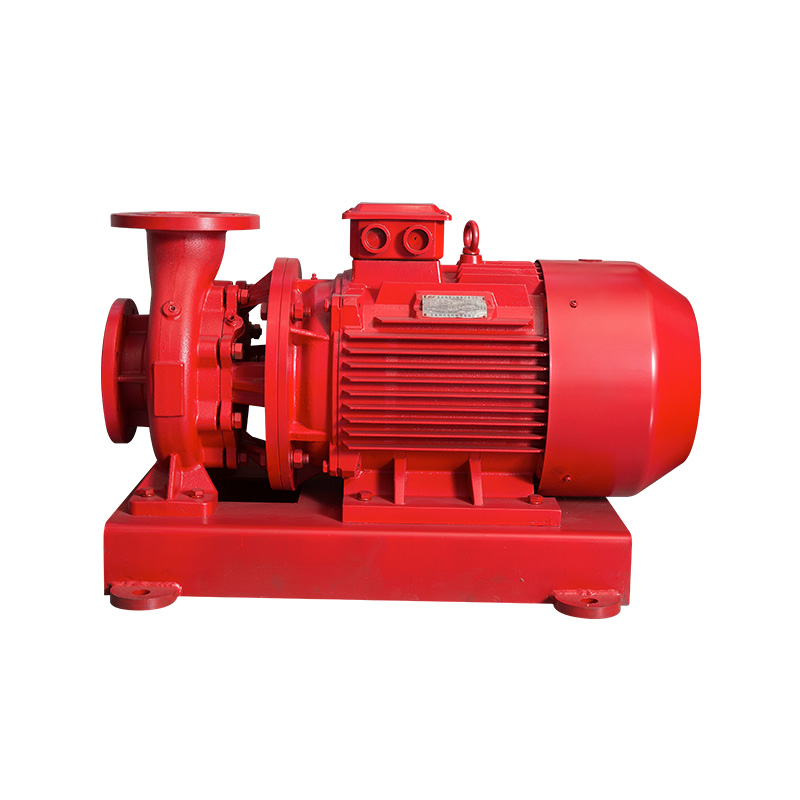
Horizontal pipeline pump
Cat:Pipeline Pump
ISW series single-stage single-suction horizontal centrifugal pumps ar...
See Details -
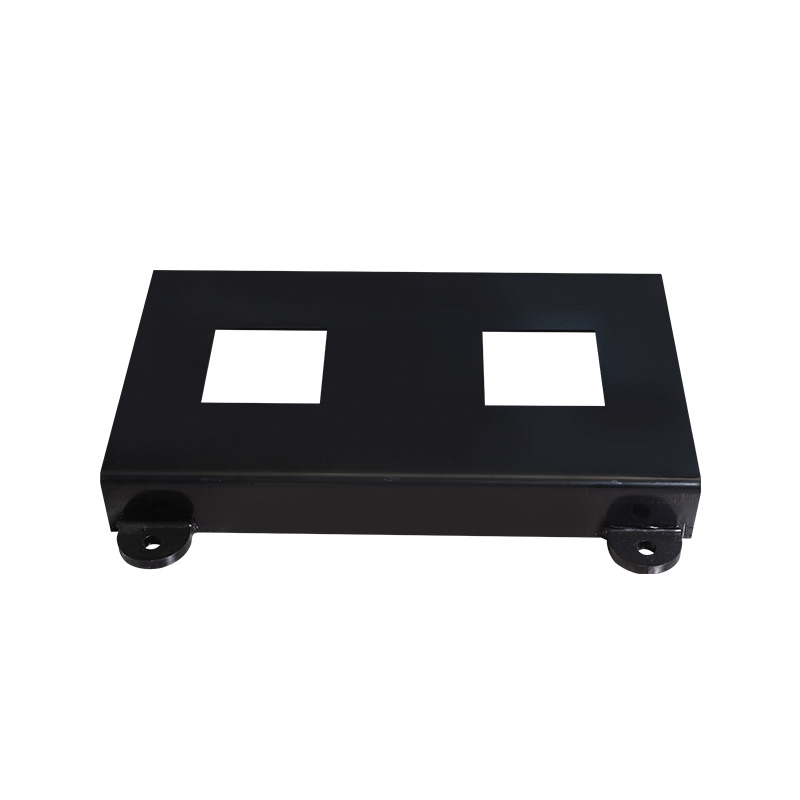
Pipe pump horizontal base
Cat:Pipeline Pump Accessories
The pump base serves to support and secure the pump casing. Horizontal...
See Details -

Ordinary sewage pump
Cat:Sewage Pump
1. Our WQ-type general sewage pump adopts a large flow channel anti-cl...
See Details -
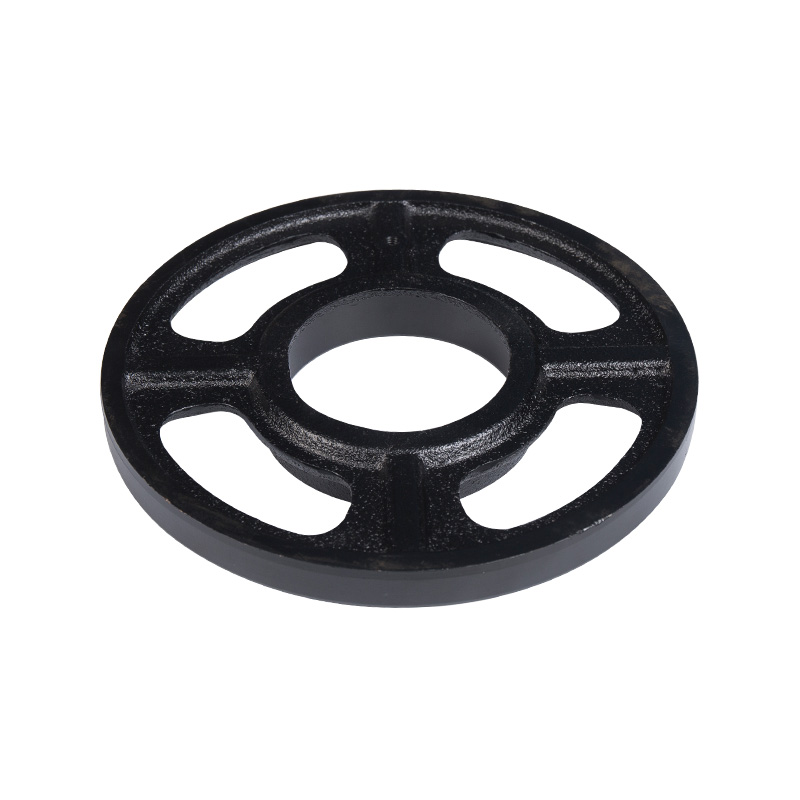
Sewage pump bearing seat
Cat:Sewage Pump Accessories
Installed inside the sewage pump unit, they support the rotor part of ...
See Details -
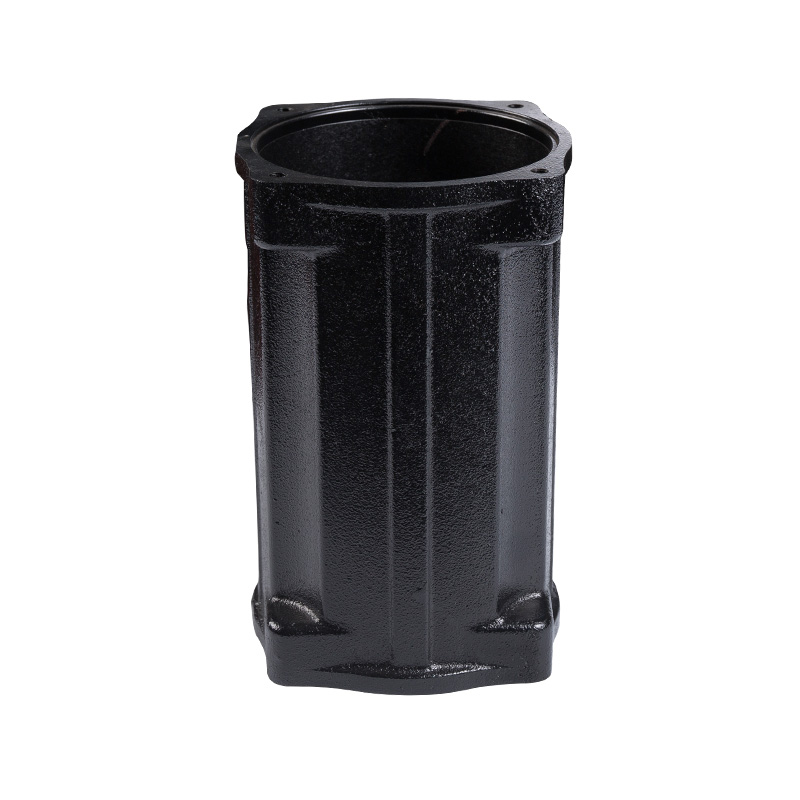
Sewage pump casing
Cat:Sewage Pump Accessories
The casing of the sewage pump unit plays a role in protecting the inte...
See Details -
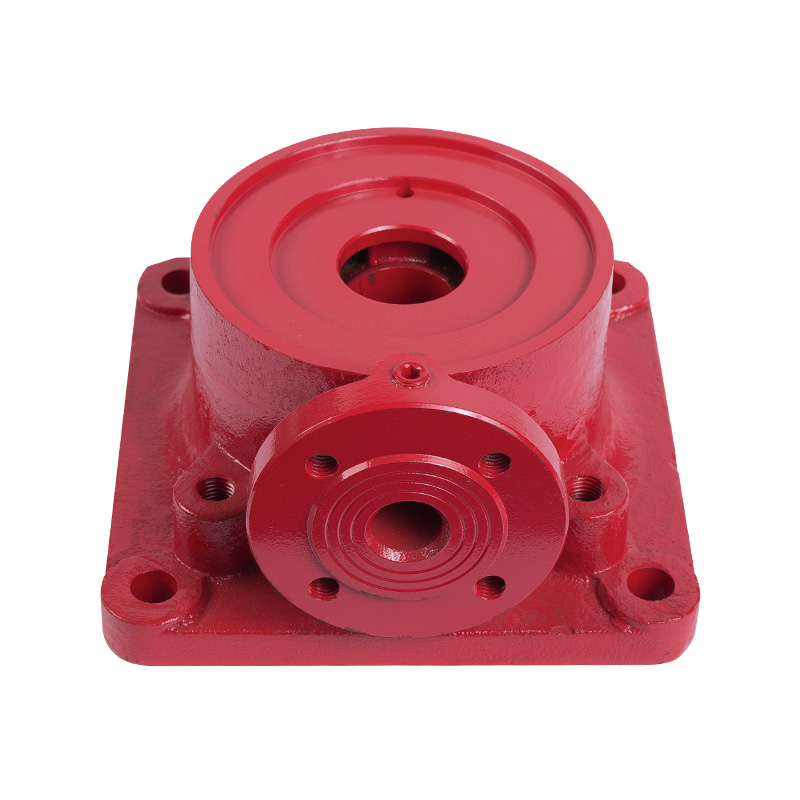
LG multi-stage pump water inlet section
Cat:LG Multi-stage Pump Accessories
The inlet section is the inlet portion of the pump and is responsible ...
See Details -
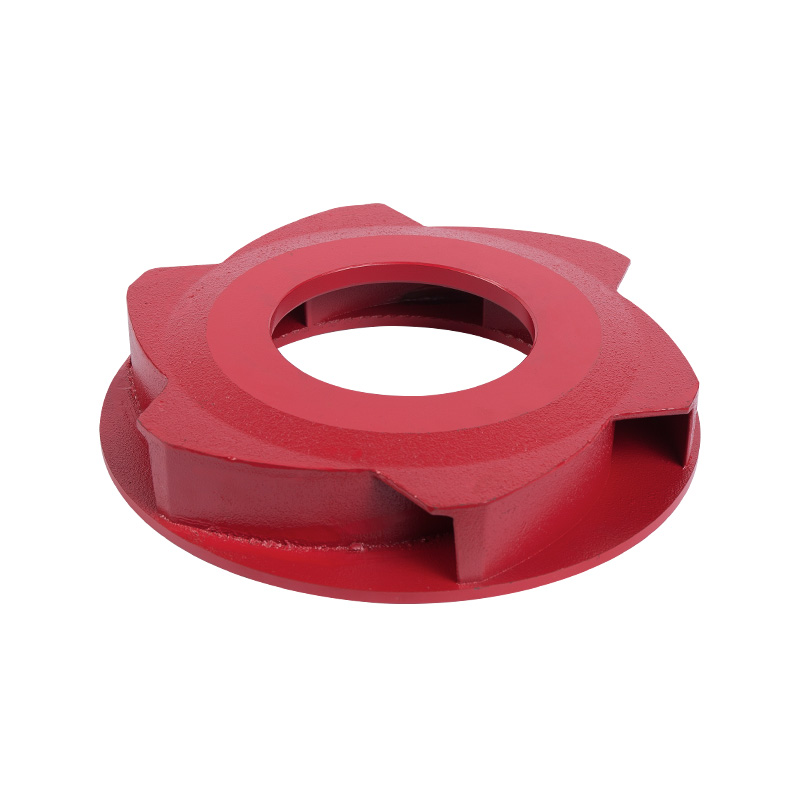
LG multistage pump cast iron impeller
Cat:LG Multi-stage Pump Accessories
Cast iron impeller is one of the key components of the pump, which pre...
See Details -

LG multi-stage pump water bearing
Cat:LG Multi-stage Pump Accessories
Water bearings are a special type of bearings commonly used in multi-s...
See Details -
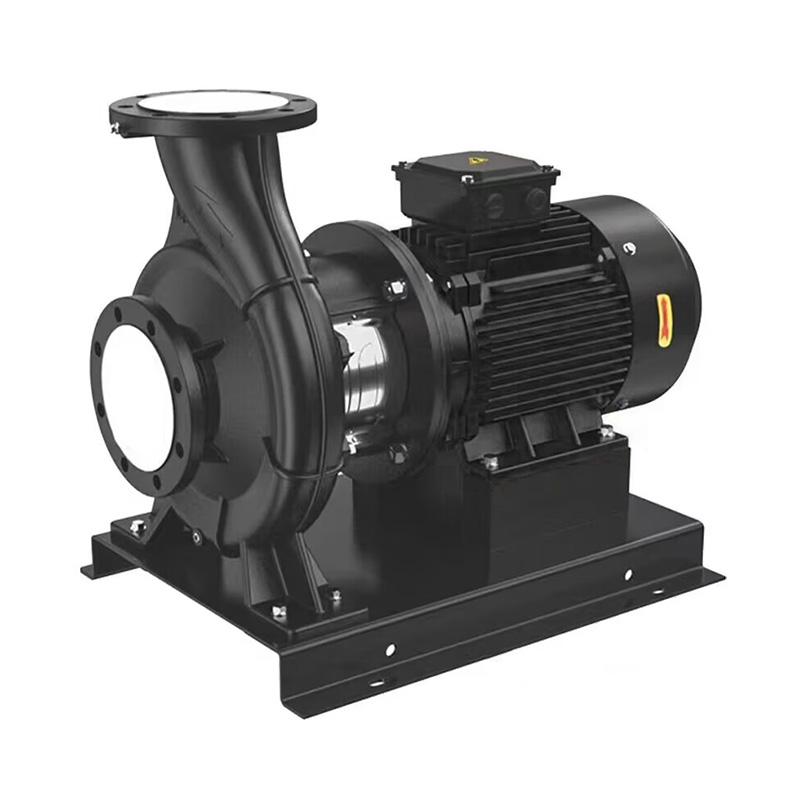
TD horizontal high-efficiency energy-saving circulation pump
Cat:TD High-efficiency And Energy-saving Circulating Pump
1.TD horizontal high-efficiency and energy-saving circulation pump is ...
See Details
- TD High-efficiency And Energy-saving Circulating Pump
- TD High-efficiency And Energy-saving Circulating Pump Accessories
- Pipeline Pump
- Pipeline Pump Accessories
- Sewage Pump
- Sewage Pump Accessories
- LG Multi-stage Pump
- LG Multi-stage Pump Accessories
- Cooling Tower Circulation Pump
- Electric Motor
- Electric Motor Accessories
-

+86-0563-2251312
-

+86-0563-2251311
-

+86-139 6620 0379
-

-

No.43 Guohua Road, Guangde Economic Development Zone, Xuancheng City, Anhui Province, China

